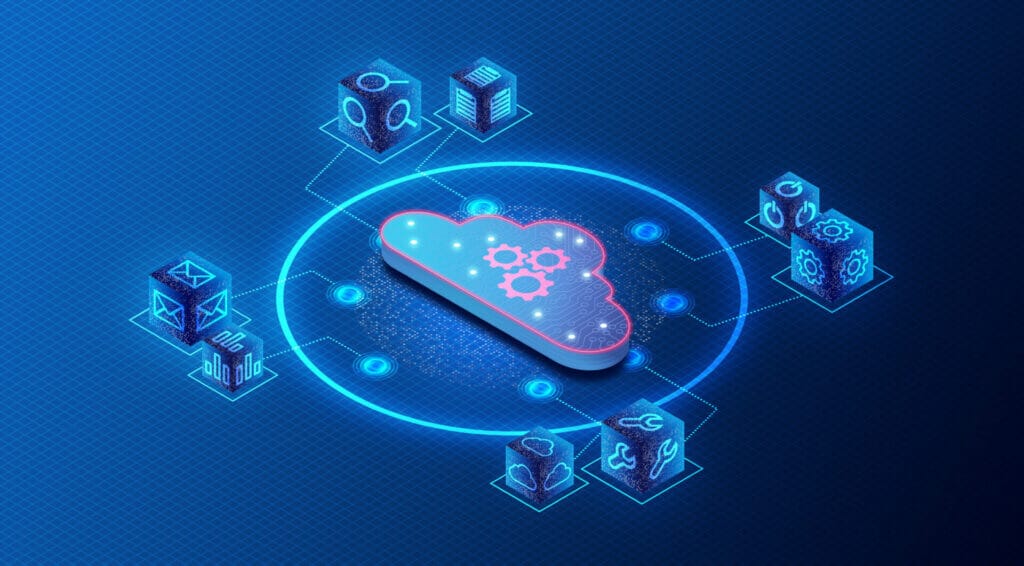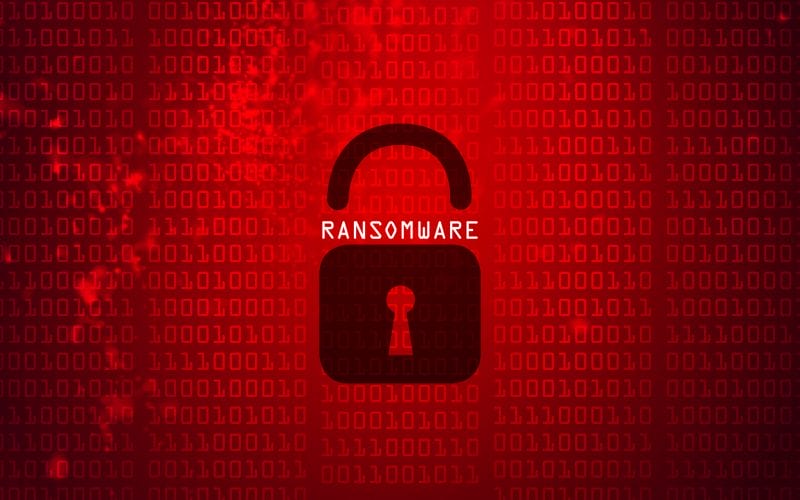There’s no denying it. VPNs (virtual private networks) are outdated dinosaurs that create security gaps, can significantly slow bandwidth, and deliver negative user experiences.
Compounding the issue, the hybrid and work-from-anywhere culture has become the new norm. The expanded demand for VPNs is causing them to collapse under the pressure, triggering tremendous frustration for the companies using them. Users are experiencing an increase in dropped connections, strong lag, and complex security. Adding to the issue, reliance on cloud-based applications and services has never been greater.
Ripe for disruption, it’s no wonder that the antiquated VPN, created more than two decades ago to protect remote workers, is being replaced by a new security player. Secure Access Service Edge, also known as SASE (rhymes with classy), has emerged as the next generation. Just as ride-sharing services Uber and Lyft disrupted the taxi industry when people became increasingly frustrated with dirty, stinky cabs and an insufficient supply of rides, SASE is transforming secure remote access for the modern workforce.
SASE combines network connectivity with robust cybersecurity without the lag, unreliability, and frustration of using a VPN. Innovative MSPs who are thought leaders in the IT industry and interested in providing superior service are now offering SASE not just to enterprise clients but also to their SMB clients.
What Is SASE?
SASE is the cutting-edge evolution of secure networking. It delivers a combination of wide area network (WAN) services, including SD-WAN, WAN optimization, QoS, SaaS acceleration, content delivery, and the like, along with secure service edge technologies, such as next-generation firewall (NGFW), secure web gateway (SWG), cloud access security broker (CASB) capabilities, and more.

Why SASE, Why Now?
As an MSP, you have the opportunity to improve the user experience while providing zero-trust access to your clients. SASE can help you combat tool sprawl while securing remote workers from outside threats. Plus, MSPs who choose to offer SASE will be part of shaping the transformation taking place right now, while those that fail to modernize risk being left behind.
The Top 5 Reasons SASE Is Transforming Networking And Security
(And How Offering It Will Allow You To Stay Ahead Of Your Competitors)
- SASE safeguards remote access and improves cybersecurity measures. SASE provides the right security platform to anyone, anywhere they work. With VPN, employees create security gaps as they bypass the VPN, especially since many apps live in the cloud. SASE improves security by moving networking and security to the cloud. And because businesses have been decimated by ransomware, SASE adopted Zero Trust, a notable cybersecurity framework that requires all users, regardless of their location (inside or out), to be authenticated, authorized, and continuously validated to gain access to company applications and data.
- SASE allows you to see, secure, and connect users from one place. SASE offerings reduce complexity for the remote worker and the IT professional. Like other converged technologies, it eliminates the need to have multiple agents and services running on the endpoint. As a cloud-based multi-tool, it provides the same benefit as VPNs, allowing remote workers to connect securely — only SASE does it without headaches and solves the old security problems of VPNs. It provides a cloud-based solution that allows secure connection in the cloud and multi-site environments.

- SASE delivers quicker access. Traditional VPNs can slow down bandwidth to a crawl in instances where there are multiple remote workers or competition for access. In comparison, SASE ensures your client’s internet access takes priority. It uses quality of service (QoS) controls so administrators can prioritize workplace SaaS applications, such as Salesforce or Microsoft Teams, over nonessential applications, such as home video streaming services. Real-time SD-WAN traffic steering and application prioritization ensures workers get optimal SaaS application performance no matter where they are. Whether an employee is trying to send off an urgent message before boarding a flight or a CEO working from home is competing with their teenage gamer playing Minecraft, SASE reduces latency issues that plague VPN users while giving a superior, far more secure experience.
- SASE is easy to scale up while protecting your and your client’s bottom line. SASE is easy to deploy, cloud-based, and highly scalable. This means MSPs can confidently add seats and resources without adding hardware.
- SASE solutions aren’t just for enterprises. SASE solutions exist for SMBs. Because of the complexity, cost, and difficulty of operations, traditionally, SMBs are left behind when it comes to innovative tech designed for enterprises first. However, there is an opportunity for savvy MSPs to offer this transformative solution because SASE solutions now exist, which are built specifically for MSPs who serve SMB clients.
Industry analysts paint SASE as one of the market’s fastest-growing segments. It gives today’s remote and hybrid workers a superior way to securely connect to corporate applications, data, and resources, no matter where they reside. This is why it’s clear that SASE is a change that must take place. While VPNs still offer value, SASE has emerged as the dominant solution and is predicted to become the secure access norm within the next five years.
The most important question is no longer how we improve network connectivity and secure access but how quickly can you move clients to SASE. MSPs that move to sell and implement SASE now will not only stay ahead of competitors but will also be viewed as the innovative thought leaders clients want on their team of providers.














